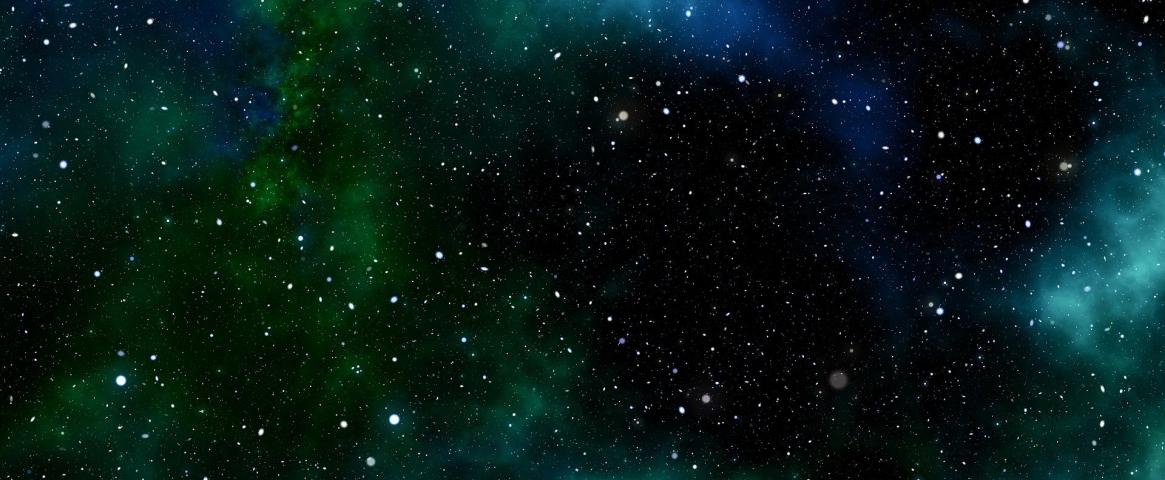Ernie Mastroianni, a retired science writer and photo editor based in Milwaukee, Wis. and a new addition to the NASW community, shares #WhySciWri in this short Q&A.
Q: Tell us a little about yourself.A: I began my journalism career as a photographer, working for a daily newspaper in my hometown of Kent, Ohio. Eventually, I joined the Milwaukee Journal Sentinel as a picture editor. Most recently, I was the photo editor for Discover magazine, where I vetted photos for our print edition. I worked alongside former NASW president Siri Carpenter, who was a senior editor at the magazine while I was there. I did a lot of writing too, for photo essays, feature stories, and the website. I’m retired from full-time work now, but I write, edit, and design the monthly newsletter for a Milwaukee-area astronomy club.
Q: How did you get interested in science writing?
A: When John Glenn orbited the earth in 1962, I was a first-grader, smitten by his spaceflight. It led to my decades-long involvement in amateur astronomy. Through that hobby I learned of an Antarctica-based astrophysics project (AMANDA, the forerunner of the IceCube neutrino detector), led by University of Wisconsin researchers. My pitch to the Journal Sentinel editors was accepted and they sent me to Antarctica in December of 2000 to report on astrophysics and other research by Wisconsin scientists.
Q: What are you working on at the moment?
A: Aside from the astronomy club’s newsletter, I help with public outreach at our club’s large observatory at a Wisconsin state park. Public interest in astronomy has grown rapidly since the pandemic began.
Q: What's the website you visit most often for work?
A: At Discover, I had hundreds of websites bookmarked. NASA alone has several dozen. Picture agencies that feature science images, such as Science Source and Science Photo Library were my top choices.
Q: If you could write about any scientific event/breakthrough/topic (past, present or future) what would it be and why?
A: Finding clear evidence of life beyond earth would be a discovery without equal. Since 1995, thousands of planets outside our solar system have been discovered. Thousands more will be found as techniques, telescopes, and instruments improve. But extraterrestrial organisms might live nearby: under the ice of Enceladus or Europa (moons of Saturn and Jupiter), or on Mars. An extensive update is due on the ongoing search.
Q: Why did you join NASW and what kinds of professional connections/opportunities are you seeking?
A: I was looking forward to the meeting in Boulder this year to reunite with former colleagues. I was disappointed it was canceled. Absent that, I can offer insight to members about magazine work after spending 10 years as an editor for Discover and Birdwatching magazines. I also want to keep pace with the rapidly evolving science journalism field.
Follow Ernie on Twitter @erniemas
Hero image by Gerd Altmann from Pixabay.





